Home>Home Appliances>Laundry Appliances>What To Do When The Washing Machine Won’t Drain
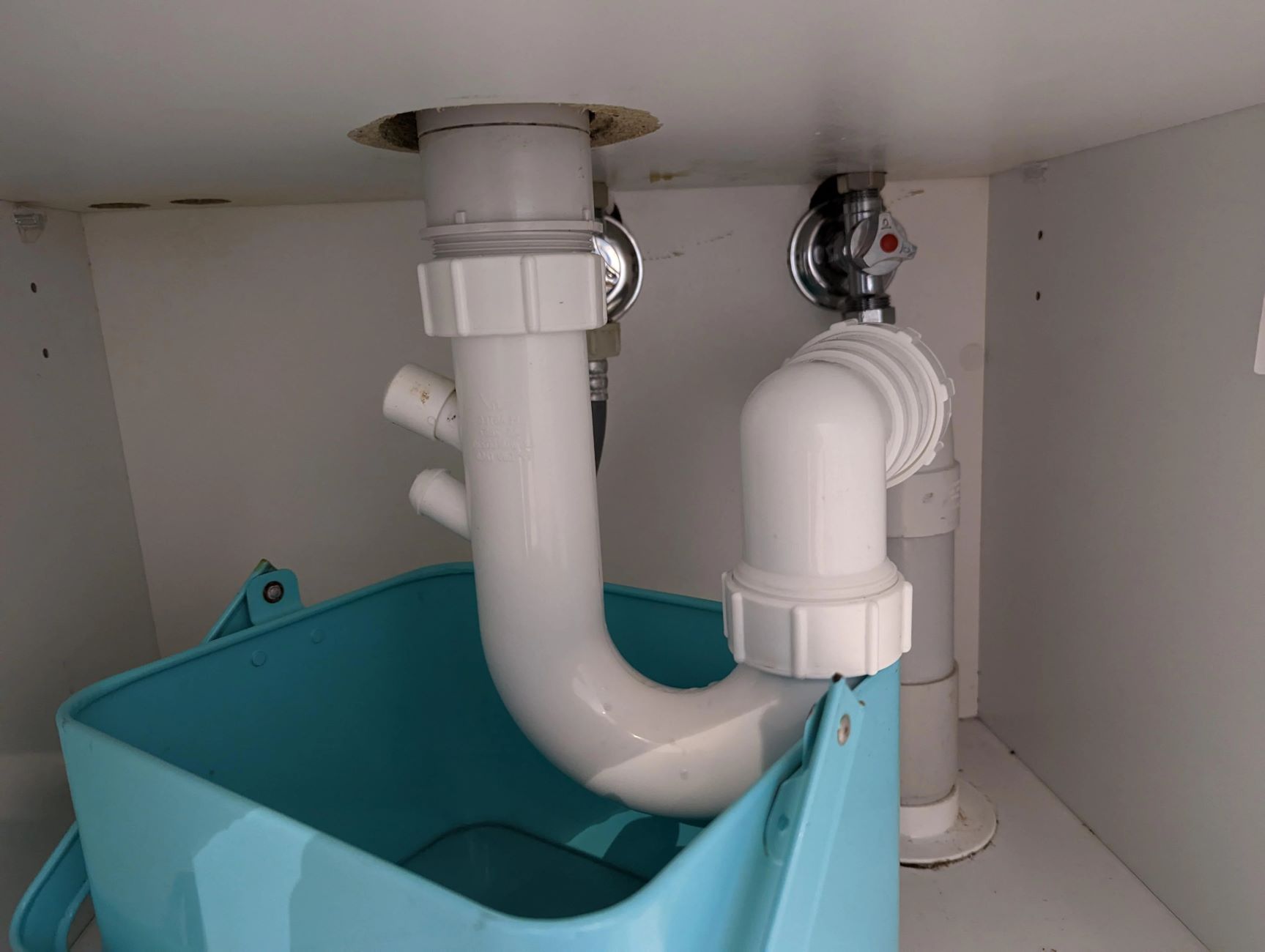

Laundry Appliances
What To Do When The Washing Machine Won’t Drain
Modified: August 27, 2024
Learn how to troubleshoot and fix a washing machine that won't drain. Get expert tips and advice for resolving laundry appliance issues.
(Many of the links in this article redirect to a specific reviewed product. Your purchase of these products through affiliate links helps to generate commission for Storables.com, at no extra cost. Learn more)
Common Reasons for a Washing Machine Not Draining
When your trusty washing machine suddenly refuses to drain, it can throw a wrench into your laundry routine. Understanding the common culprits behind this issue can help you troubleshoot and resolve the problem efficiently. Here are some prevalent reasons why your washing machine might not be draining properly:
-
Clogged Drain Hose: Over time, debris, lint, and other foreign objects can accumulate in the drain hose, obstructing the flow of water. This can lead to standing water in the drum at the end of a cycle.
-
Obstructed Pump: The pump in your washing machine is responsible for removing water from the drum. If it becomes clogged with foreign objects or debris, it can impede the draining process.
-
Faulty Drain Pump: A malfunctioning drain pump can hinder the expulsion of water from the machine. This can occur due to motor issues, blockages, or general wear and tear.
-
Clogged Drain Filter: Many washing machines are equipped with a drain filter to catch lint, coins, and other small items that may have been left in pockets. If this filter becomes clogged, it can impede drainage.
-
Excessive Suds: Using too much detergent or the wrong type of detergent can lead to excessive suds, which may prevent the machine from draining properly.
-
Unbalanced Load: If the load inside the washing machine is unbalanced, it can cause the machine to stop mid-cycle, leading to drainage issues.
Understanding these common reasons for a washing machine not draining can empower you to take the necessary steps to address the issue. By identifying the root cause, you can effectively troubleshoot the problem and restore your washing machine to its optimal functionality.
Key Takeaways:
- Keep your washing machine draining smoothly by checking for clogs in the drain hose. Clear any debris and ensure unobstructed water flow to prevent standing water in the drum.
- Prevent future drainage issues by using proper detergent, balancing loads, and inspecting pockets before washing. Regular maintenance and mindful laundry practices can keep your washing machine running smoothly.
Read more: Toilet Bubbles When Washing Machine Drains
Steps to Check for Clogs in the Drain Hose
Checking for clogs in the drain hose is a crucial step in troubleshooting a washing machine that won't drain. Follow these steps to inspect the drain hose for potential blockages:
-
Unplug the Washing Machine: Before performing any maintenance, ensure that the washing machine is unplugged from the power source. This precautionary measure is essential for safety.
-
Locate the Drain Hose: The drain hose is typically found at the back of the washing machine. It is a flexible, ribbed tube that extends from the machine to a drain or standpipe. Carefully pull the machine away from the wall to access the hose.
-
Inspect for Kinks and Bends: Examine the entire length of the drain hose for kinks, bends, or crimps. These can restrict the flow of water and lead to drainage issues. Straighten out any deformities in the hose to ensure unobstructed water flow.
-
Remove the Hose: If the hose appears to be clear of visible kinks or bends, detach it from the washing machine and drain to perform a more thorough inspection.
-
Check for Debris: Hold the end of the hose over a bucket or sink and gently shake it to dislodge any trapped debris. Inspect the expelled water for the presence of foreign objects such as lint, coins, or small articles of clothing.
-
Use a Pipe Cleaner or Wire: For stubborn clogs, carefully insert a pipe cleaner or flexible wire into the hose to dislodge any accumulated debris. Be cautious to avoid damaging the hose while attempting to clear the blockage.
-
Flush the Hose: After removing any visible obstructions, flush the hose with water to ensure that it is free from residual debris. This step helps to verify that the hose is clear and ready for reinstallation.
-
Reattach the Hose: Once the drain hose has been thoroughly inspected and cleared of any clogs, reattach it to the washing machine and drain. Ensure that the hose is securely connected to prevent leaks during operation.
By following these steps to check for clogs in the drain hose, you can effectively identify and address potential obstructions that may be impeding the drainage of your washing machine. This proactive approach can help restore proper functionality to the appliance, allowing you to resume your laundry tasks without interruption.
How to Clean the Drain Pump Filter
Cleaning the drain pump filter is a crucial maintenance task that can help resolve drainage issues in a washing machine. Over time, the drain pump filter can become clogged with debris, lint, and other foreign objects, impeding the flow of water and leading to drainage problems. Here's a detailed guide on how to effectively clean the drain pump filter to restore optimal functionality to your washing machine.
-
Locate the Drain Pump Filter: The drain pump filter is typically situated at the front or bottom of the washing machine. Refer to the appliance's manual or online resources to identify the exact location of the filter. In some models, access to the filter may require removing a panel or cover.
-
Prepare for Cleaning: Before proceeding, it's essential to gather the necessary tools and materials for the task. You may need a shallow container to collect any residual water, a towel to absorb spills, and a small bowl or tray to hold screws or small components that may be removed during the process.
-
Unplug the Washing Machine: Prior to cleaning the drain pump filter, ensure that the washing machine is disconnected from the power source. This precautionary measure is crucial for safety and prevents the risk of electric shock during maintenance.
-
Drain Any Remaining Water: Place the shallow container beneath the filter area to catch any water that may be released during the cleaning process. Open the filter compartment and carefully drain any residual water into the container. Use a towel to wipe up any spills and ensure a dry work area.
-
Remove the Filter Cover: Depending on the model of the washing machine, the filter cover may be secured with screws or may feature a twist-and-lock mechanism. Use the appropriate tools to safely remove the cover and access the drain pump filter.
-
Inspect and Clean the Filter: Once the filter is exposed, visually inspect it for accumulated debris, lint, or foreign objects. Gently remove the filter and place it in a sink or shallow container. Use a soft-bristled brush or cloth to carefully clean the filter, removing any obstructions that may be hindering water flow.
-
Clear the Filter Compartment: While the filter is removed, take the opportunity to inspect the filter compartment for any residual debris or blockages. Use a flashlight to illuminate the area and remove any foreign objects that may be present.
-
Reassemble and Test: After thoroughly cleaning the drain pump filter and the filter compartment, reinsert the filter and secure the cover back in place. Ensure that all components are properly reassembled before plugging in the washing machine. Run a short cycle to verify that the drainage issue has been resolved.
By following these steps to clean the drain pump filter, you can effectively address drainage issues caused by a clogged or obstructed filter. This proactive maintenance task can help maintain the optimal performance of your washing machine and prevent future drainage problems.
Check for clogs in the drain hose or pump filter. Clear any debris and try running the machine again. If the problem persists, it may be a faulty pump or sensor that needs to be replaced.
Troubleshooting the Drain Pump
When your washing machine experiences drainage issues, the drain pump plays a pivotal role in expelling water from the drum. If the drain pump malfunctions or becomes obstructed, it can impede the drainage process and lead to standing water in the machine. Troubleshooting the drain pump is a crucial step in addressing drainage problems and restoring the functionality of your washing machine.
Here are the steps to effectively troubleshoot the drain pump:
-
Inspect for Obstructions: Begin by locating the drain pump, which is typically situated at the bottom of the washing machine. Check for any visible obstructions such as lint, debris, or foreign objects that may be hindering the pump's operation. Clear any blockages that you can safely reach and remove.
-
Listen for Unusual Noises: Turn on the washing machine and listen for any unusual noises emanating from the drain pump area. Grinding, rattling, or buzzing sounds may indicate a mechanical issue within the pump. If such noises are present, it may be necessary to further investigate or seek professional assistance to address the problem.
-
Check the Pump Impeller: The impeller is a component within the drain pump that facilitates the movement of water. Inspect the impeller for any signs of damage, wear, or obstruction. A damaged or obstructed impeller can impede the flow of water and lead to drainage issues.
-
Test the Pump Motor: If the drain pump appears to be functioning but the water is not being expelled, it may indicate a problem with the pump motor. Use a multimeter to test the continuity of the pump motor. A lack of continuity may indicate a faulty motor that requires replacement.
-
Inspect the Pump Hoses: Examine the hoses connected to the drain pump for any kinks, bends, or blockages. Ensure that the hoses are free from obstructions and that the connections are secure. Any impediments in the hoses can restrict the flow of water and lead to drainage problems.
-
Verify Power Supply: Confirm that the drain pump is receiving adequate power supply. Check the electrical connections and ensure that there are no issues with the power source. A lack of power can prevent the pump from operating effectively.
By systematically troubleshooting the drain pump and addressing any identified issues, you can effectively resolve drainage problems in your washing machine. Regular maintenance and proactive troubleshooting can help ensure the optimal performance of the drain pump and prevent future drainage issues. If troubleshooting efforts do not resolve the problem, it may be advisable to seek professional assistance to diagnose and address more complex issues with the drain pump.
Tips for Preventing Future Drainage Issues
Preventing future drainage issues in your washing machine involves proactive maintenance and mindful laundry practices. By implementing the following tips, you can minimize the risk of encountering drainage problems and ensure the optimal functionality of your appliance.
-
Regular Maintenance: Schedule routine maintenance for your washing machine to inspect and clean the drain pump filter, drain hose, and other essential components. This proactive approach can help prevent the accumulation of debris and obstructions that can impede drainage.
-
Use Proper Detergent: Use the appropriate type and amount of detergent recommended for your specific washing machine. Excessive suds from overusing detergent can lead to drainage issues, so it's essential to follow the manufacturer's guidelines for detergent usage.
-
Inspect Pockets Before Washing: Encourage the habit of checking pockets before loading clothes into the washing machine. Small items such as coins, keys, and tissues can inadvertently end up in the wash and contribute to clogs in the drain pump or filter.
-
Balance Loads: Ensure that laundry loads are balanced to prevent the washing machine from becoming unbalanced during the spin cycle. An unbalanced load can cause the machine to stop mid-cycle, leading to drainage problems.
-
Clean the Drum: Periodically clean the interior of the washing machine drum to remove any accumulated lint, debris, or residues. This simple maintenance task can prevent debris from entering the drain pump and filter, reducing the risk of drainage issues.
-
Inspect the Drain Hose: Regularly inspect the drain hose for kinks, bends, or damage. Ensure that the hose is properly connected and free from obstructions to facilitate smooth water drainage.
-
Avoid Overloading: Avoid overloading the washing machine with excessive amounts of laundry. Overloading can strain the drain pump and impede proper water expulsion, leading to drainage issues.
-
Promptly Address Leaks: If you notice any leaks or standing water around the washing machine, address the issue promptly. Leaks can indicate potential drainage problems or hose damage that require immediate attention.
By incorporating these preventive measures into your laundry routine and maintenance schedule, you can significantly reduce the likelihood of encountering drainage issues with your washing machine. Proactive care and mindful usage can contribute to the long-term efficiency and reliability of your appliance, ensuring smooth and trouble-free laundry cycles.
Frequently Asked Questions about What To Do When The Washing Machine Won't Drain
Was this page helpful?
At Storables.com, we guarantee accurate and reliable information. Our content, validated by Expert Board Contributors, is crafted following stringent Editorial Policies. We're committed to providing you with well-researched, expert-backed insights for all your informational needs.
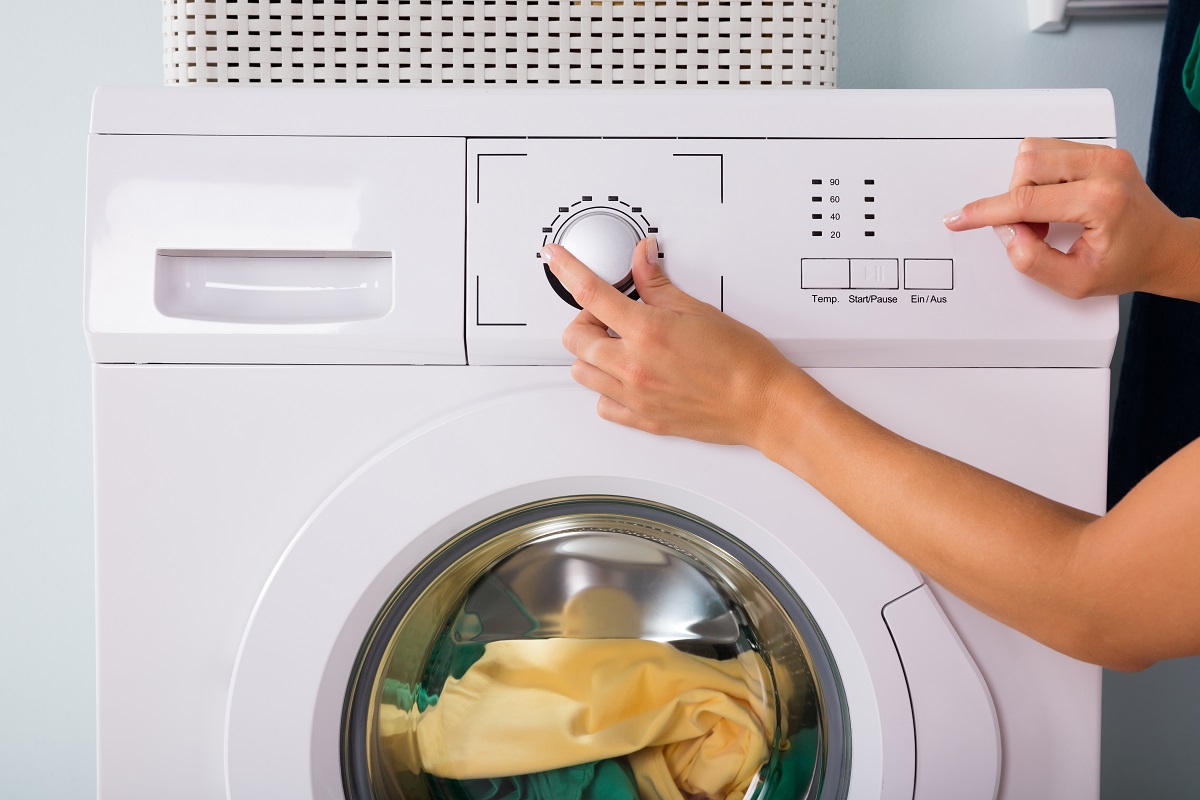
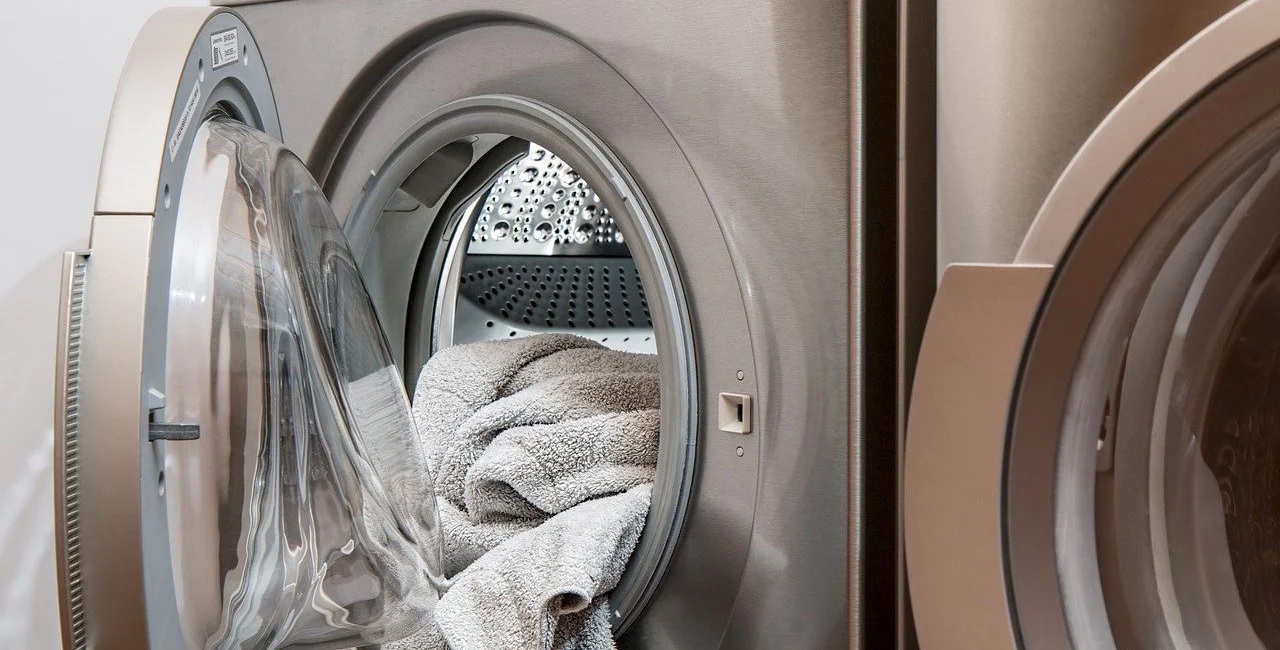
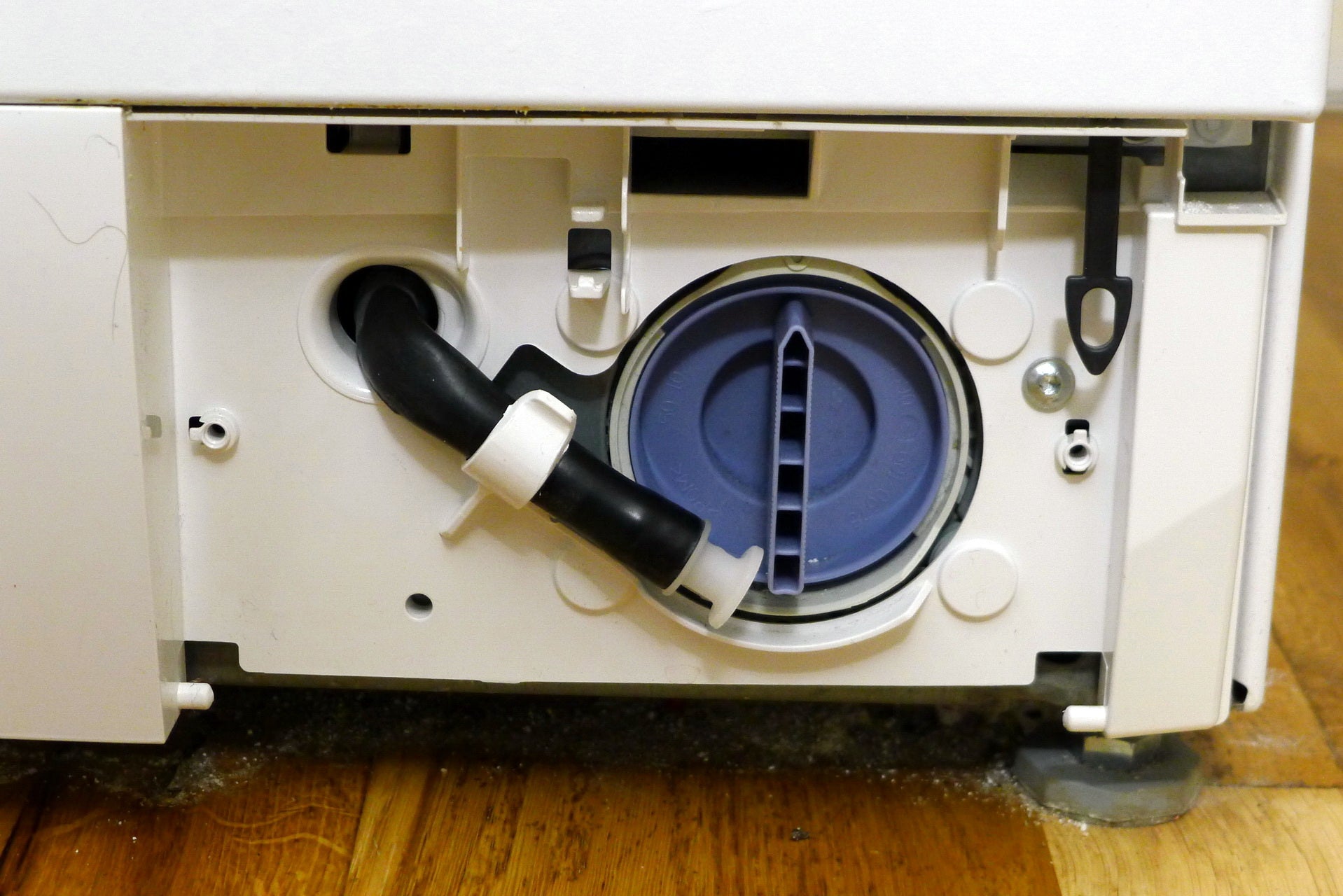
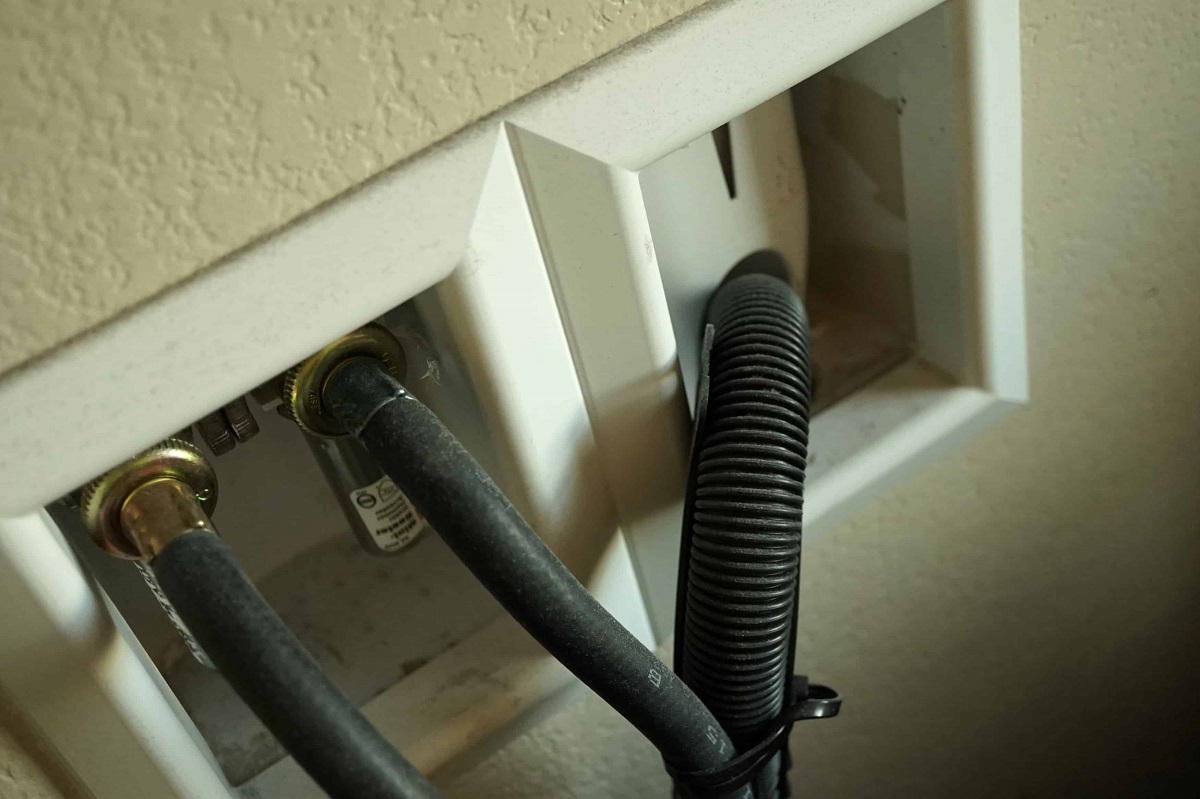
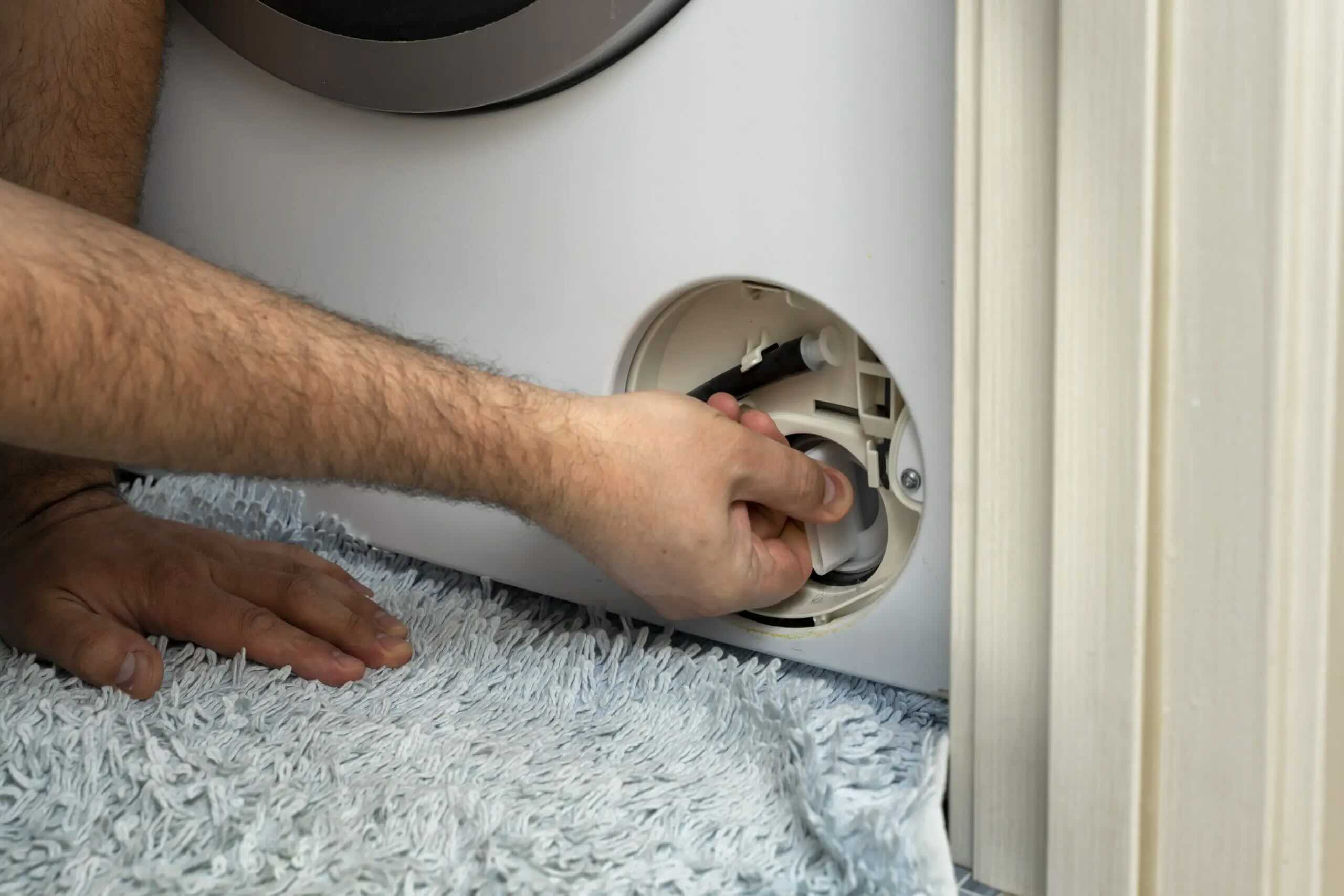
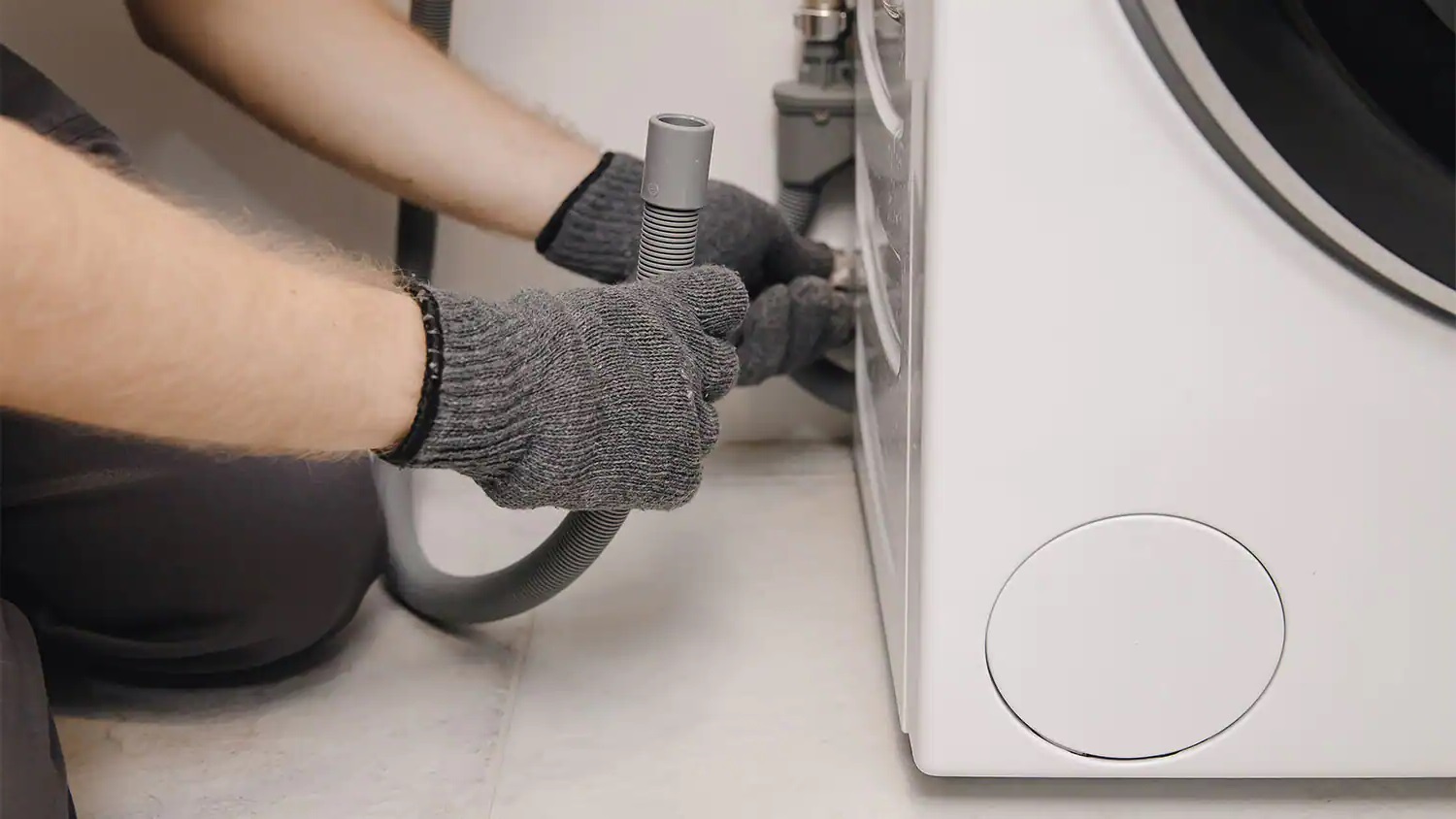
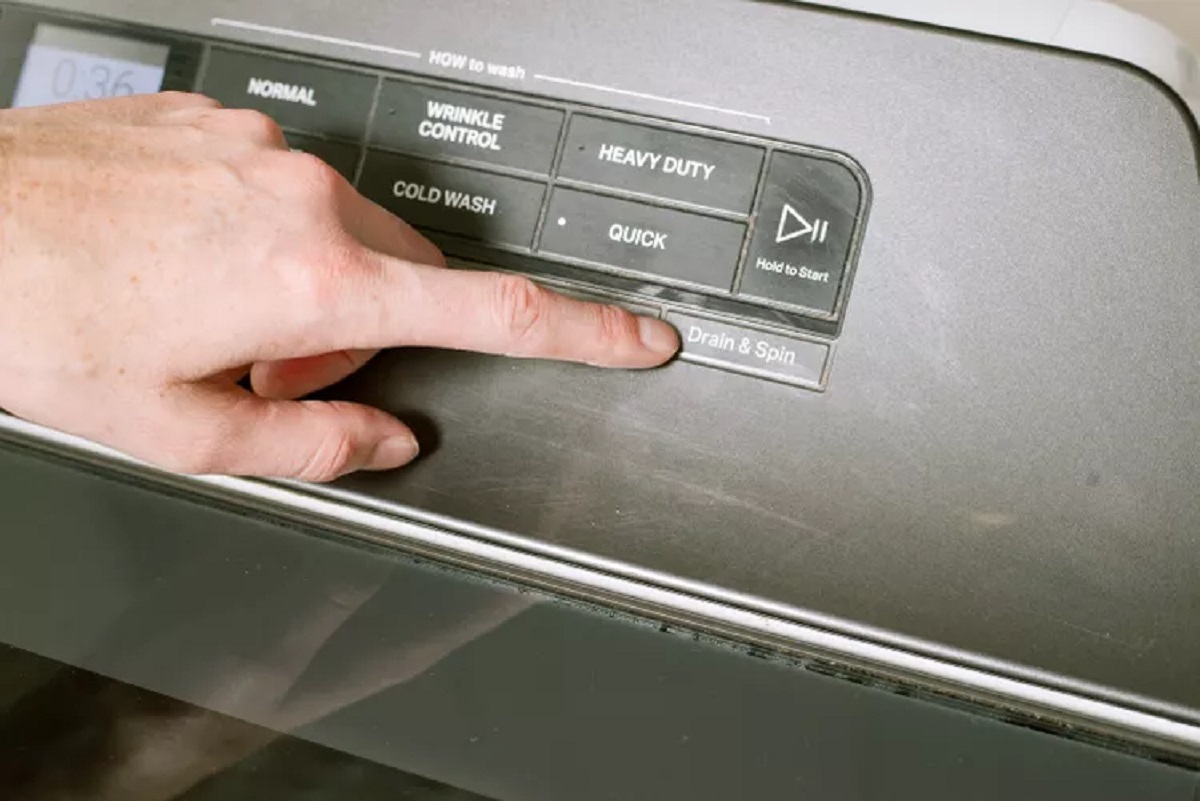



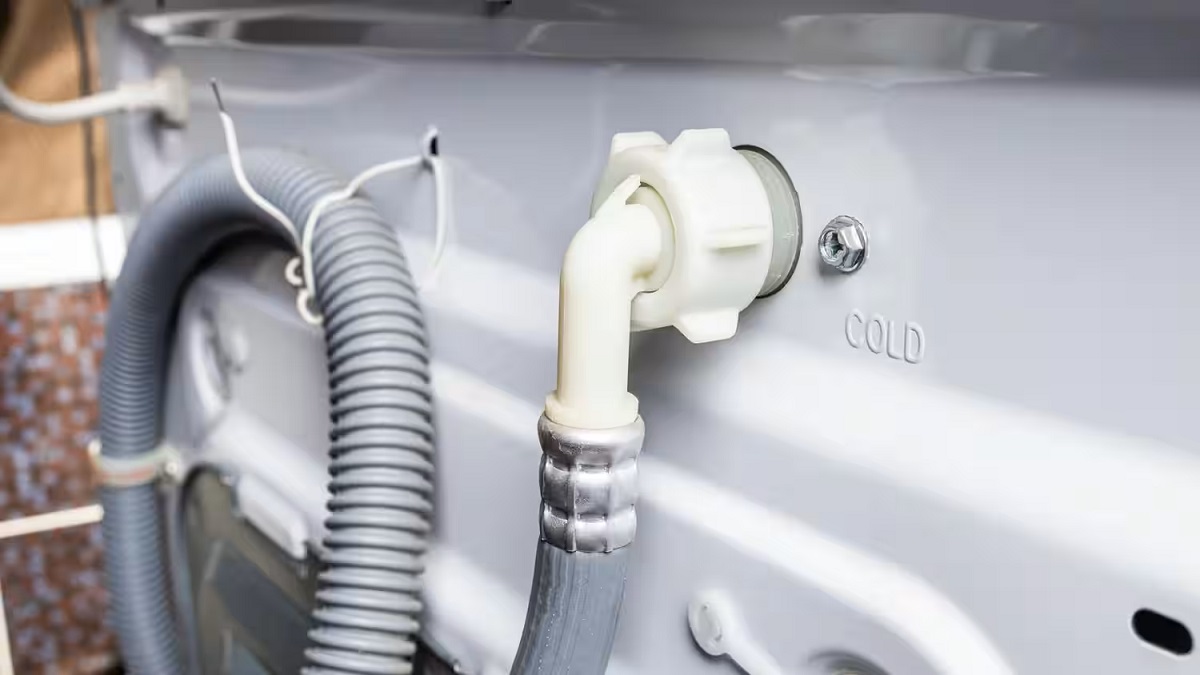
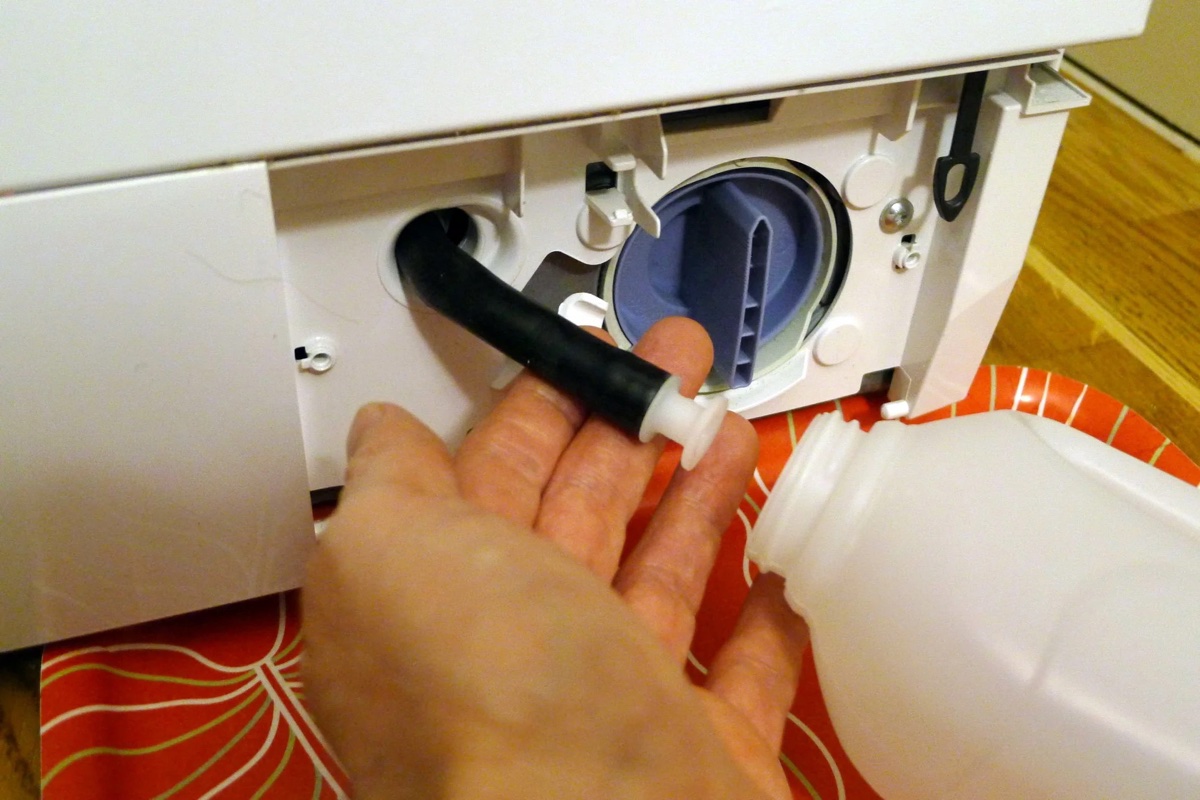
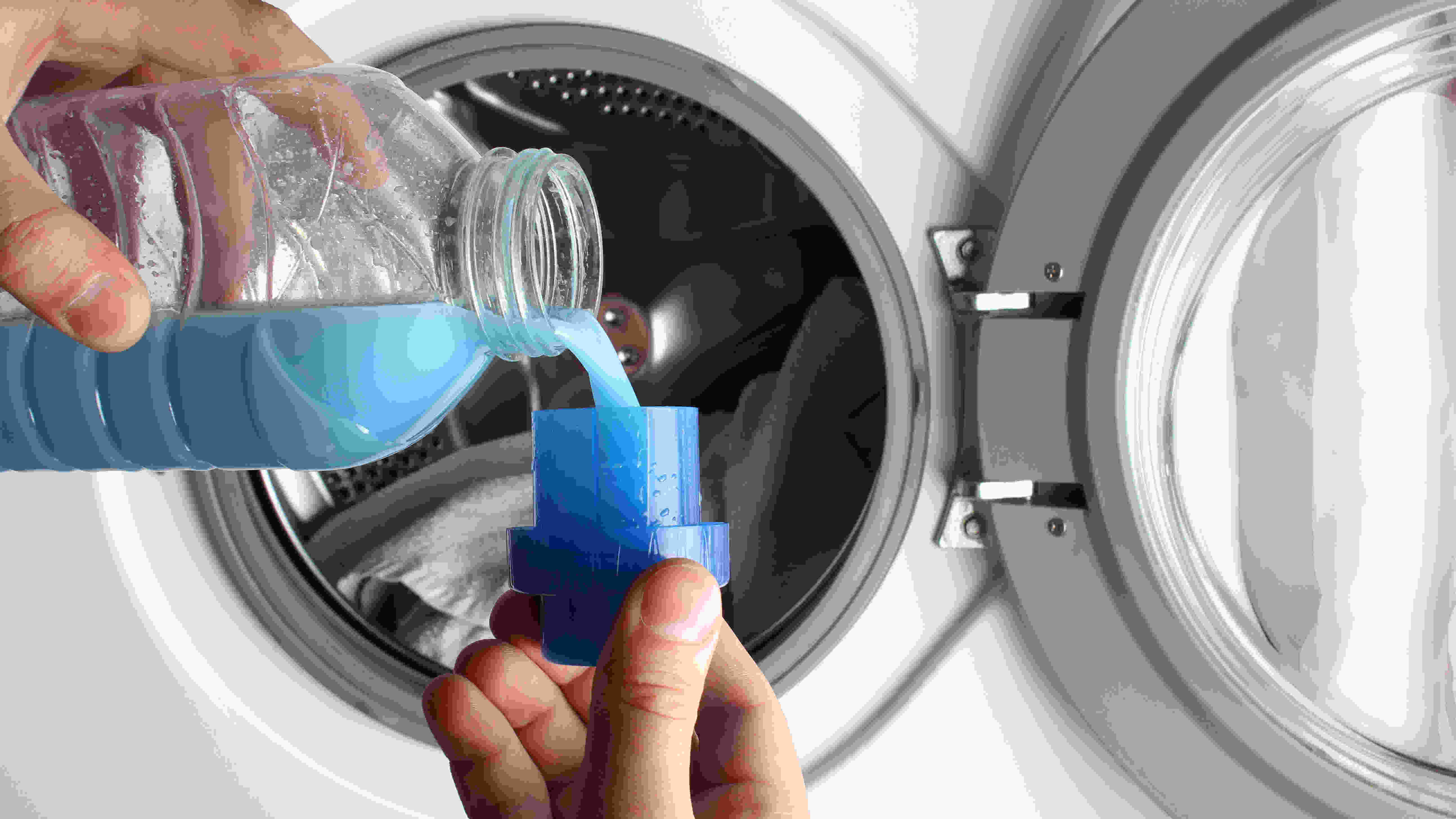
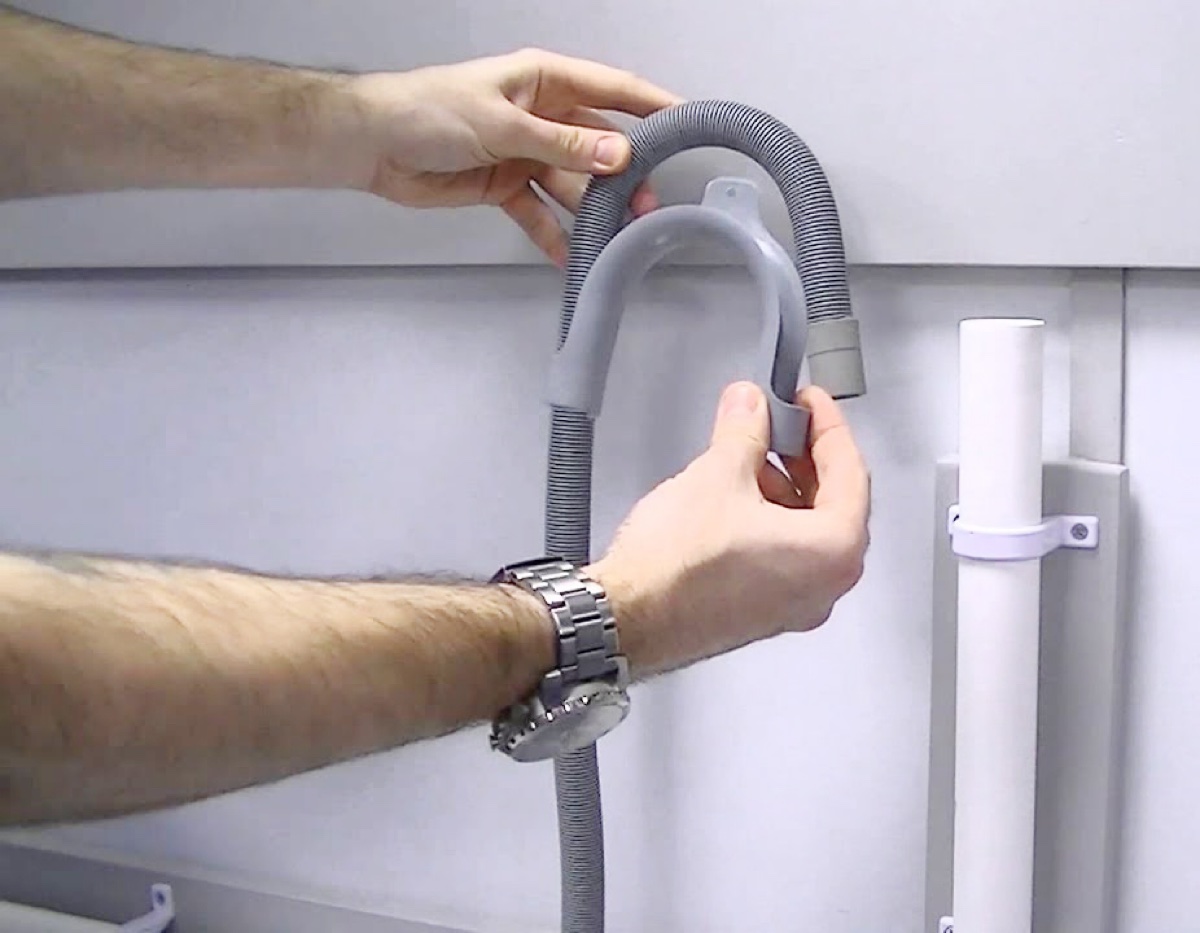
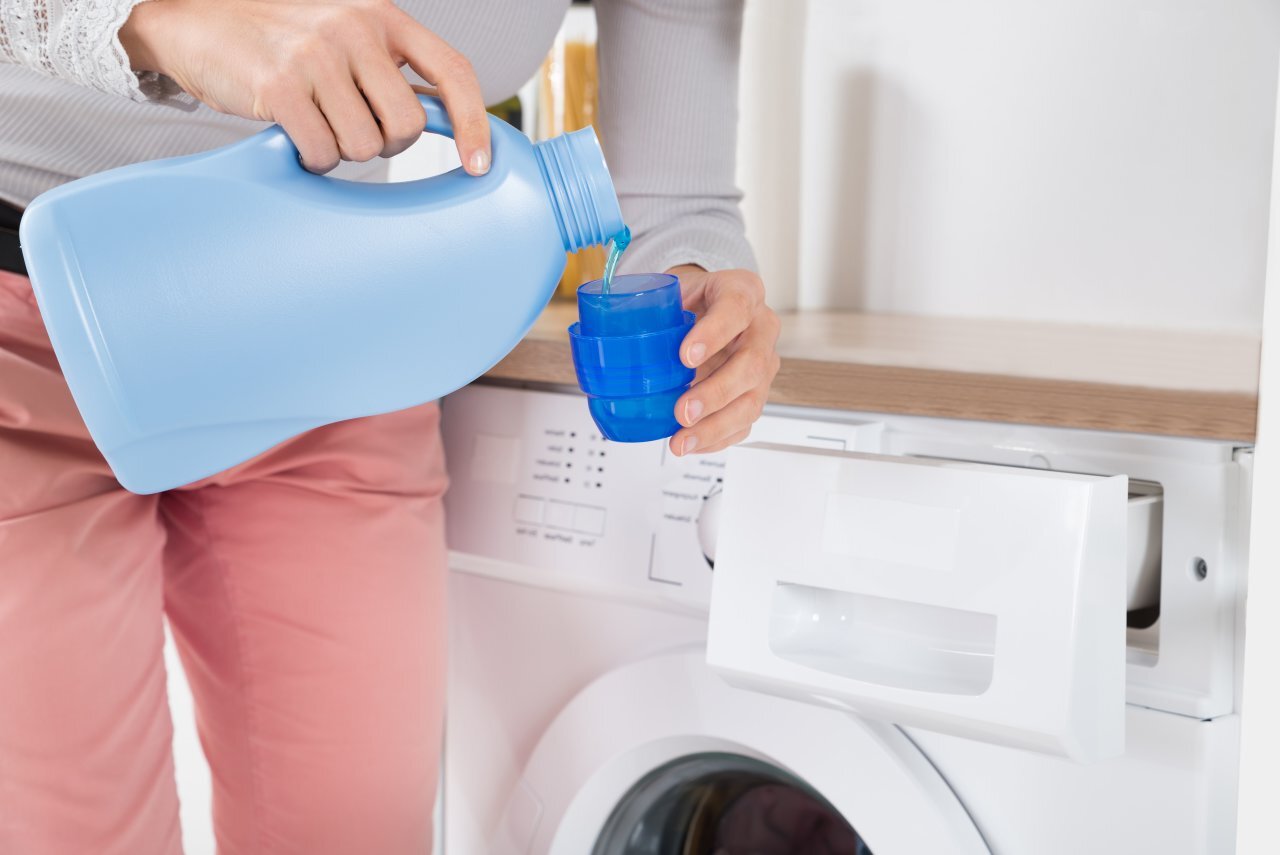

0 thoughts on “What To Do When The Washing Machine Won’t Drain”